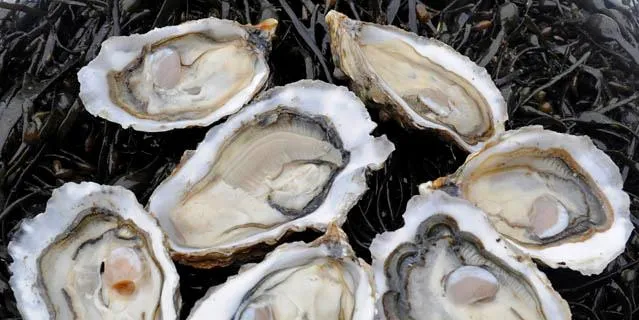UK shellfish blog: A retailer's perspective
IntraFish's Andrew Cumner-Price brings you all the news from the 46th edition of the Shellfish Association of Great Britain's annual conference.

IntraFish's Andrew Cumner-Price brings you all the news from the 46th edition of the Shellfish Association of Great Britain's annual conference.
